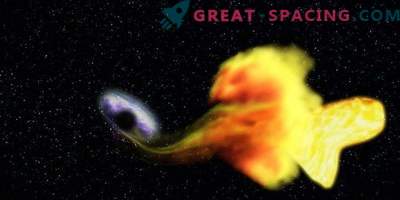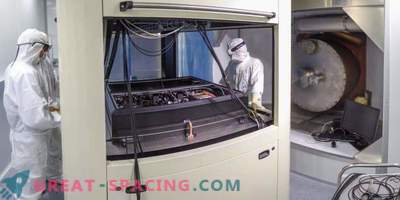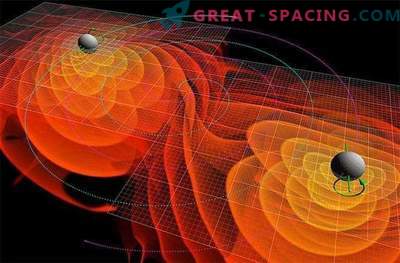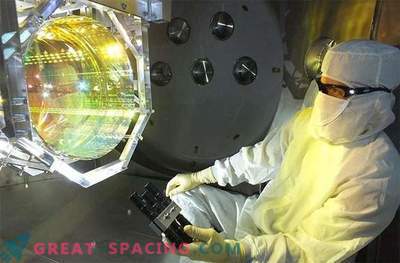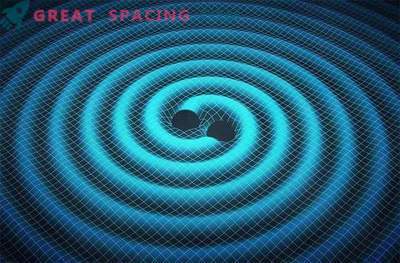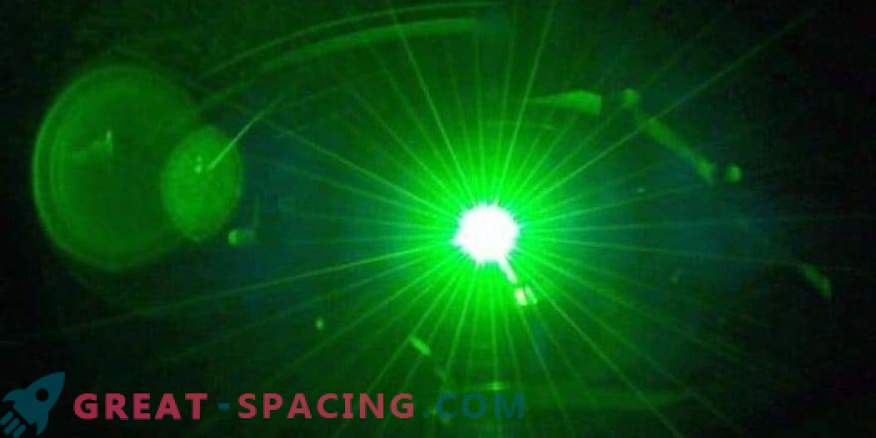
In the new study, scientists have found a way to make laser light incredibly “clean.” They ensure that it remains stable at almost the same wavelength.
Researchers at the Massachusetts Institute of Technology (MIT) have created the cleanest laser in the world. The device, invented for portable use in space, generates a laser beam, which over time changes less than its “colleagues”.
Under normal circumstances, temperature changes and other environmental factors cause laser beams to oscillate between wavelengths. Researchers refer to such shakes as “line widths”, measuring them in hertz or cycles per second. Other high-performance lasers typically reach a line width of 1000-10000 Hz. However, the rate of the new laser is only 20 Hz.
To achieve such ultimate purity, the team used 2 m of optical fibers that produced laser radiation with an extremely small line width. They then improved the width of the line, allowing the laser to constantly check the current wavelength compared to the previous wavelength and make any necessary corrections. This is an important achievement, because the large width of the line is considered one of the sources of errors in precision instruments, where the rays of laser light are used. Atomic clocks or a detector of gravitational waves with a laser of wide width simply distort the real data.
The researchers noted the portability and compactness of the device they created. But they are trying to achieve a smaller size. The team believes that the invention can be used in gravitational-wave detectors.
Gravitational wave detectors capture the influence of massive remote events on spacetime. For example, when two black holes collide, the resulting shock wave causes space oscillations. This ripple was first recorded in 2015 with the help of LIGO. As soon as the rays changed, it became clear that something had violated space-time.
The researchers plan to create in orbit larger and more accurate detectors of gravitational waves. The MIT team believes that their lasers are ideal for this task.

